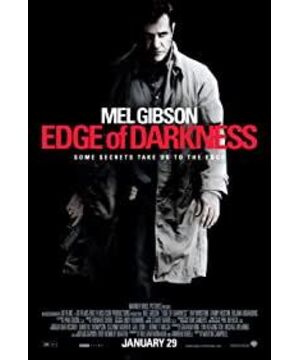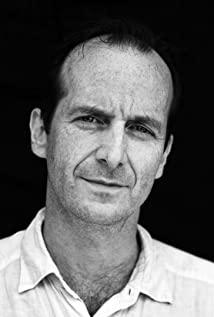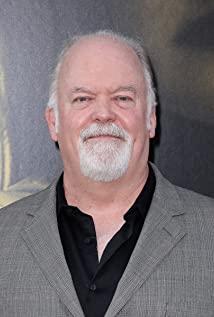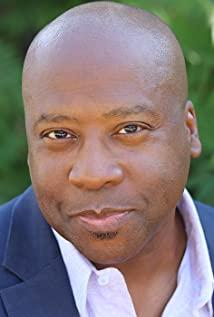This kind of story belongs to the first-person perspective, and it is also the consistent narrative style of the Americans. The audience follows the protagonist’s perspective all the way into the plot development. The priorities are easy to grasp, leaving suspense in a considerable part of the story, and the suspense is solved through the lens rather than the dialogue. So as to create the effect of echoing from end to end.
Among them, the most critical factor that promotes the development of the story is the clue. For example, at the beginning of the film, the daughter died of unfavorable life without leaving any linguistic clues. At this time, the worse way to deal with it is the dying words, the protagonist investigates the incident through the dying words; and the film uses the mobile phone to ring this indirect physical clue to the protagonist. Bringing in the event is relatively ingenious and reasonable.
Then through the investigation of people and things step by step in-depth the theme, and at the same time interspersed with the introduction of some important and sub-important supporting roles to enrich the development of the storyline. Generally speaking, the rhythm is very old and comfortable, and it will not feel too rushed. It will not be dull because the rhythm is too slow. Films adapted from novels sometimes feel too hurried because of the need to compress the events, or the story itself is too simple, but it is easy to appear dull if the story is too long.
In addition, the ending of this story is generally in line with Mel Gibson's style. I remember his early work "Deadly Weapon" series, which played a grumpy policeman with a sense of justice, which is similar to the simple and rude ending in this film. Although this way of ending makes people enjoy it, it doesn't fit most of the way of life at the same time. More often, we need a mild win-win result.
View more about Edge of Darkness reviews











